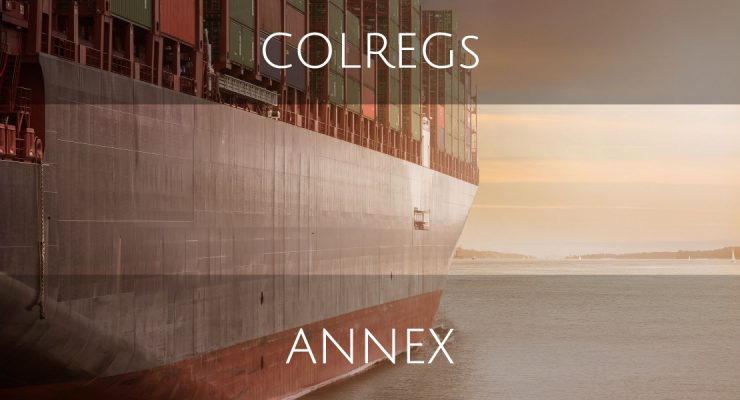1. Whistles (a) Frequencies and range audibility The fundamental frequency of the signal shall lie within the range 70-700Hz. The range of audibility of the signal from a whistle shall be determined by those frequencies, which may include the fundamental and/or one or more higher frequencies, which lie within the range 180-700Hz (+/-1%) for a vessel of 20 meters or more in length, or 180-2100Hz (+/-1%) for a vessel of less than 20 meters in length and which provide the sound pressure levels specified in paragraph 1(c) below.The range of audibility of the signal from a whistle shall be … [Read more...]
